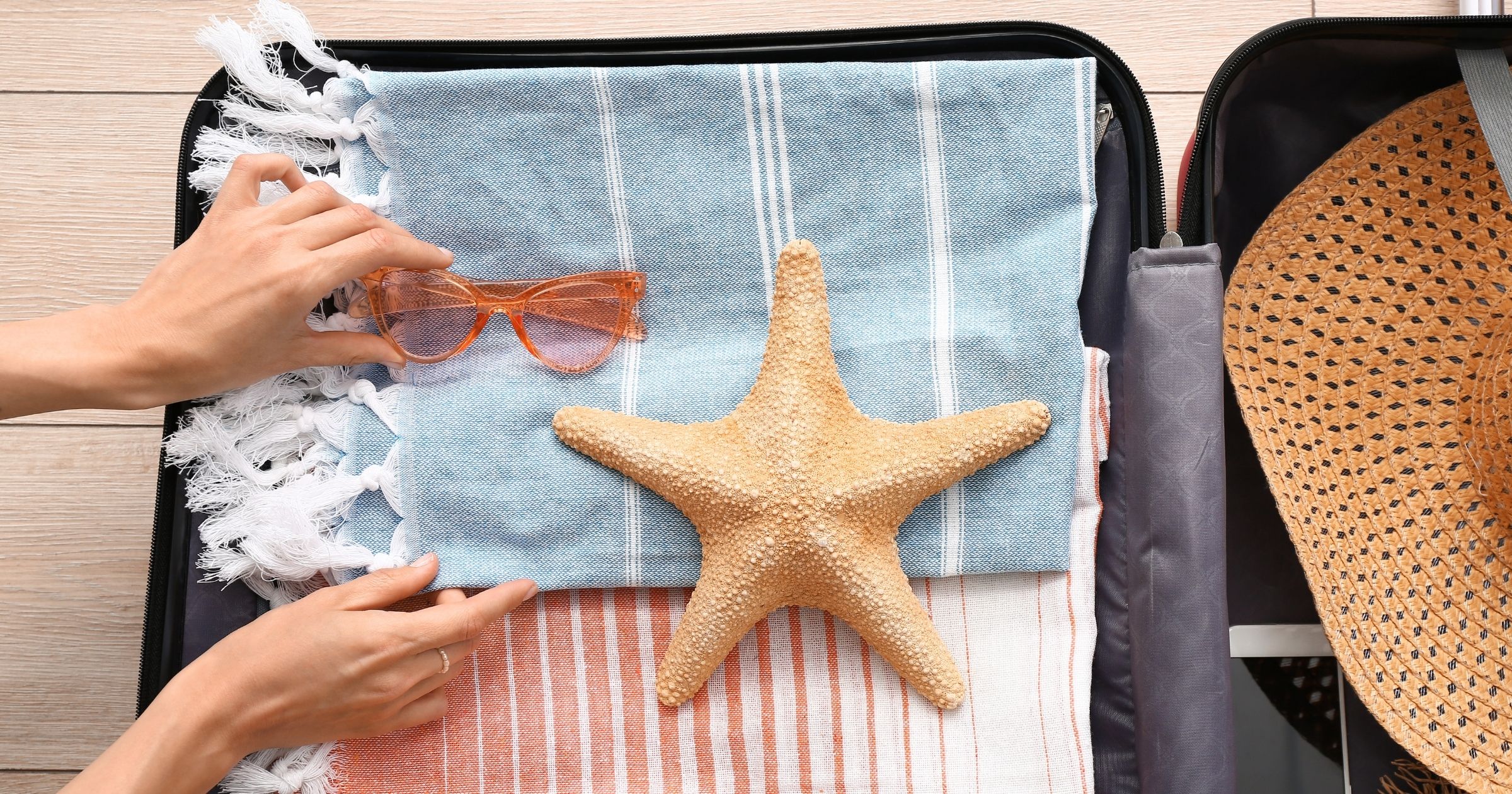When Tourism Gives Back
It's September 20, 2018.
As I walk into the lobby of the Marriott Downtown at the Convention Center in New Orleans, I hear the familiar voice of the Screaming Eagle of Soul, the late Charles Bradley.
"I'm going through changes," he sings, with a level of fullness that can make it hard to discern between immense pain and boundless joy.
It's a fitting lyric for a city that seems to constantly need to adapt to challenges and changes. Yet despite various hardships, New Orleans possesses a type of resilience only observed in the Big Easy.
I was in the city—for the very first time—because I was graciously invited to participate in Tourism Cares for New Orleans, alongside more than 200 other travel industry professionals and local organizations. Each year, Tourism Cares visits select cities and dedicates a swift course of volunteering and giving back to the communities who call these neighborhoods their home.
I arrived early on Thursday—prior to the program beginning—and took a walking cocktail tour from Urban Adventures. Our guide, a New Orleans native, artist and comedian named Kiazer, led us from Jackson Square through the streets of the French Quarter and off the beaten path of typical tourist traps. From sipping on a Sazerac at the literary-themed Backspace Bar to enjoying a classic French 75 at the elaborate Hermes Bar at Antoine's, we were stepping directly into New Orleans history and having a whole lot of fun while doing it.

But one bar—the first one we visited—stayed with me the rest of the tour: Molly's at the Market on Decatur Street.
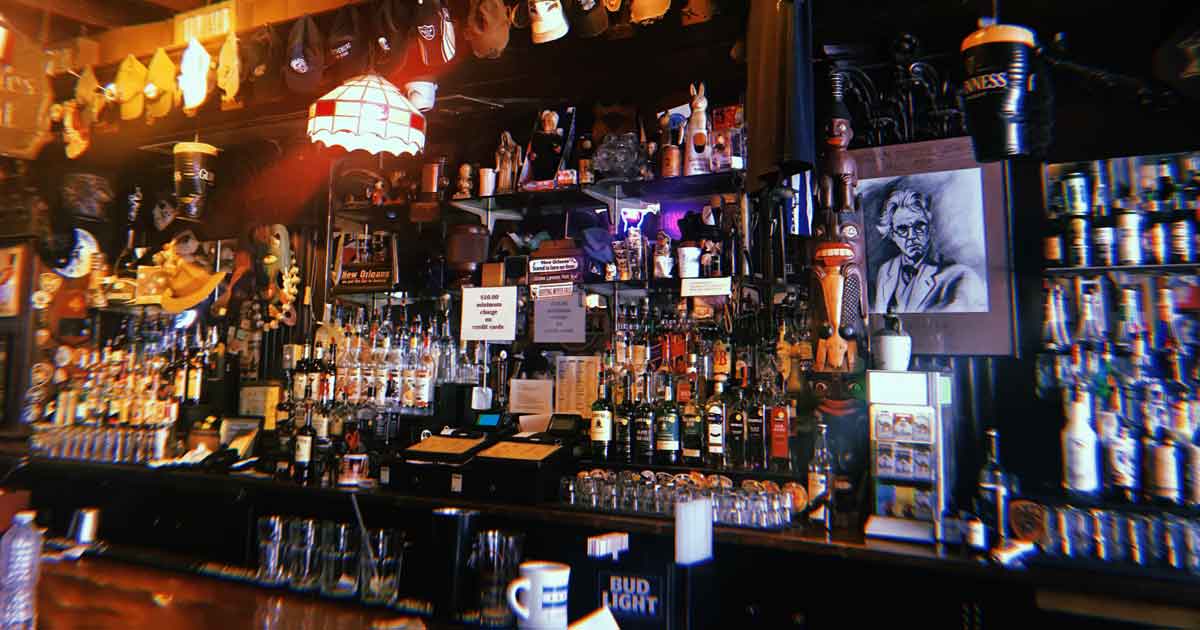
I was told by another New Orleans local who was on the tour with me that Molly's stayed open in the direct aftermath of Hurricane Katrina, despite local authorities imposing a curfew. There are about 25 baseball hats nailed above the bar, all belonging at one point someone who helped restore some normalcy to the neighborhood after the hurricane. We stopped at a local corner store to buy some Zapp's kettle chips—a New Orleans staple; I chose the popular Voodoo Style flavor.
After the tour was complete, I made my way back to the host hotel full with great anticipation for the opening reception at The Chicory, which was preceded by a Second Line parade courtesy of New Orleans & Company—a true New Orleans tradition and bucket list item I never dreamt I'd have the opportunity to experience. We danced through the streets alongside a live jazz band that was belting out a lively rendition of "When the Saints Go Marching In" while talented costumed performers on stilts led us to our destination.

We were warmly welcomed by Tourism Cares staff and sponsors while waiters made their way around the room offering delicious Louisiana fare, from fried catfish to mini beignets. On the way out, I picked up my Tourism Cares T-shirt, designed by 16-year-old artist Shanti Broom, from YAYA.
The next day, it was time to get to work.
I woke up early, met my fellow work teammates and found out a bit more detail about our assignment for the day. We were volunteering with Jericho Road Housing Initiative—a community organization focused on transforming the landscape of the Central City neighborhood one block at a time. Formed in 2006, Jericho Road was created as a response to the pressing need for affordable housing in the aftermath of Hurricane Katrina. Their vision is to help build successful neighborhoods, providing residents with affordable livable spaces and promoting residential health, stability and cohesion.
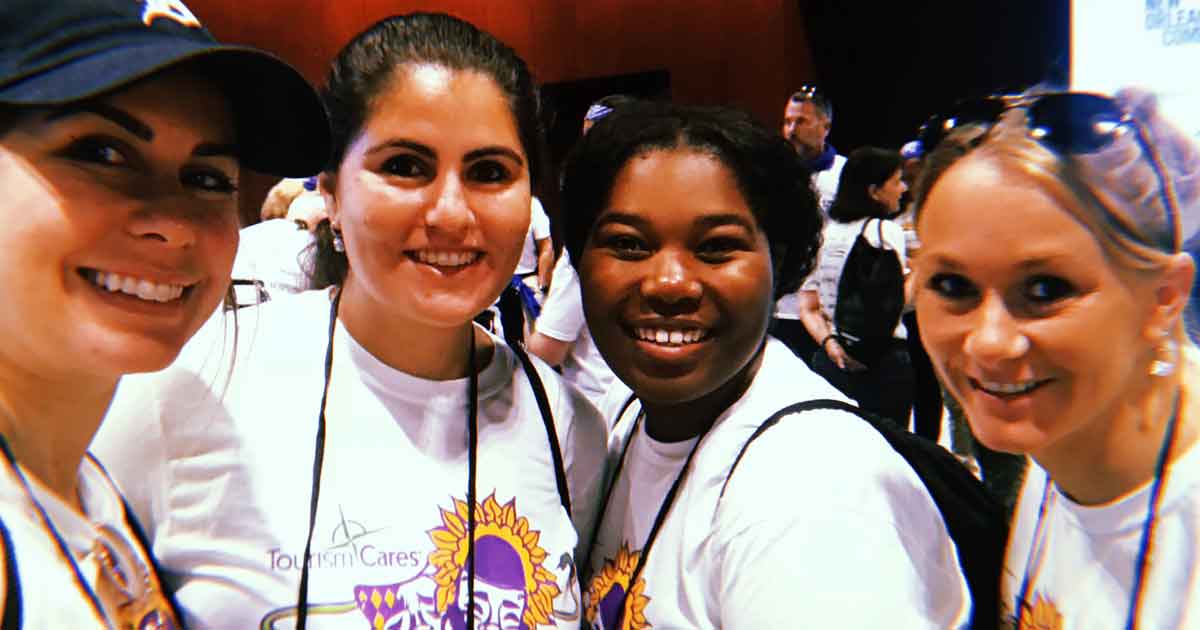
Not only does Jericho Road newly construct and rehabilitate homes to sell at affordable prices, their homeownership program—created for low- to moderate-income working families—helps make homeownership a reality for those who may have never thought owning a home was an option. Through education and support, Jericho Road helps ensure home buyers are well-equipped by providing classes on home attainment and ownership, even after residents are living in their new home.
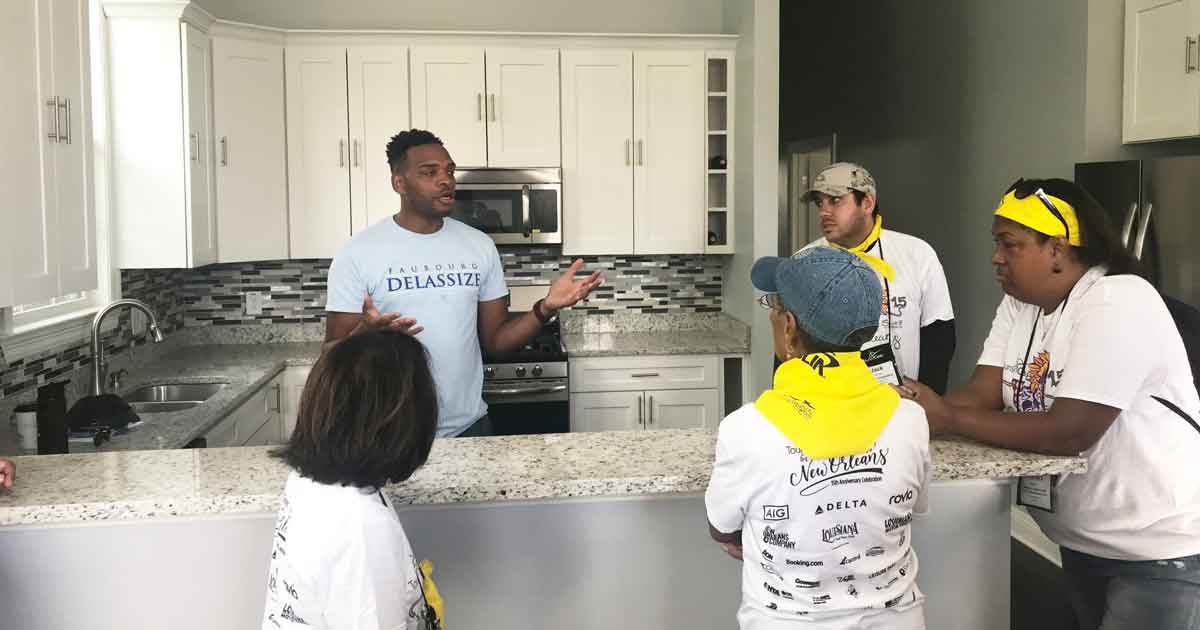
Before we started helping "bling the block," Jericho Road's Senior Manager of Development, Communications and Programs, Peter Davis, took us to one of Jericho's newly renovated homes. He wanted volunteers to see the immediate impact the work we would be doing would have and why it matters so much in this community—a place he too calls home. The home was a gorgeous blue and white shotgun single with 16-foot-tall ceilings, a common feature in older homes. There was a black and brown cat that kept watch outside as we entered an exited the home, almost as if she were guarding the place until its future owner eventually moved in.
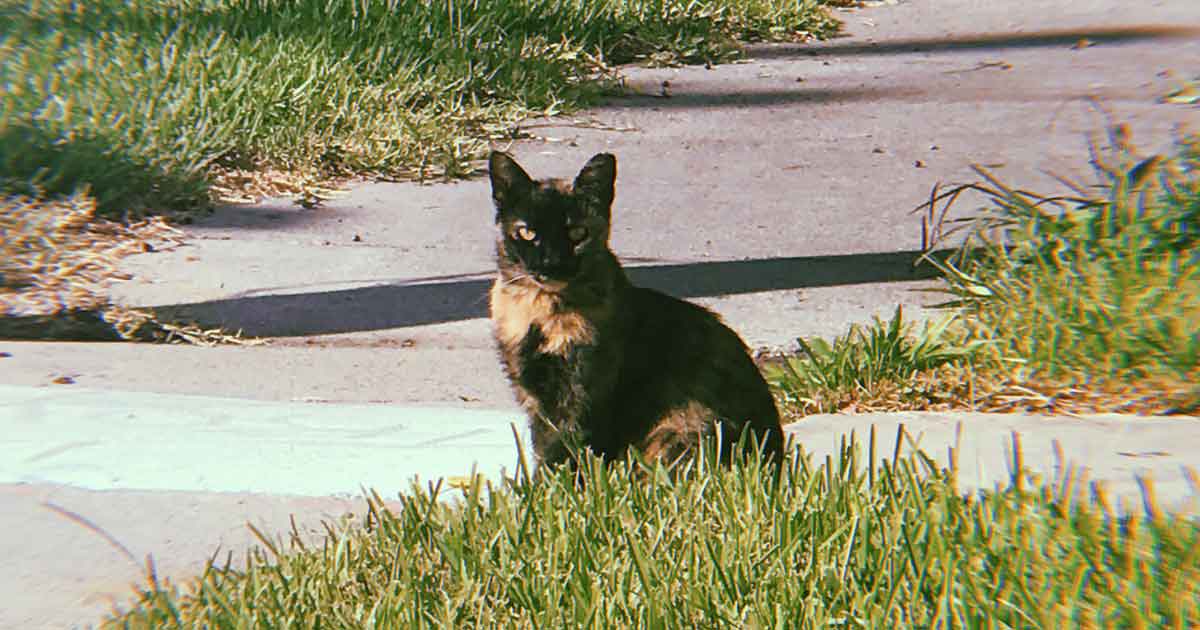
From there we made our way to our worksite: two occupied homes next door to each other. I met one homeowner, who was seated casually on her porch with her small rescue dog before we got started scrapping the old paint off the porch. She shared her happiness with us being there that day before she disappeared inside the yellow and green home, which I imagined at the time was a great deal cooler than it was outside.
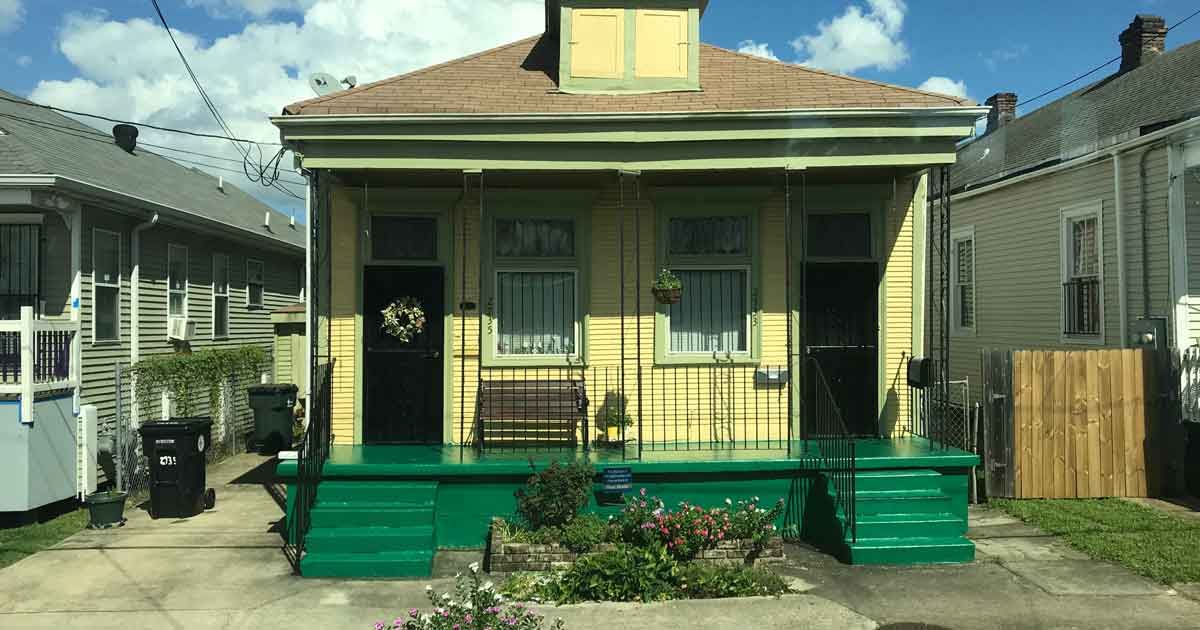
It was a sunny 95-degree day and was as humid as humid gets; though you may think that would slow us down, it seemed to only motivate us even more to do our work and do it well. We taped off every curve of the black cast-iron-legged bench that was nailed to the porch and every edge of where the porch met the house, then started to spread a vibrant shade of green on the floor and steps. Despite wearing gloves, it wasn't long before I noticed some of the green paint had made its way on to my jeans, my bare arms, my sunglasses—which kept sliding down my nose from the sweat—and even in my hair.
But I didn't mind.
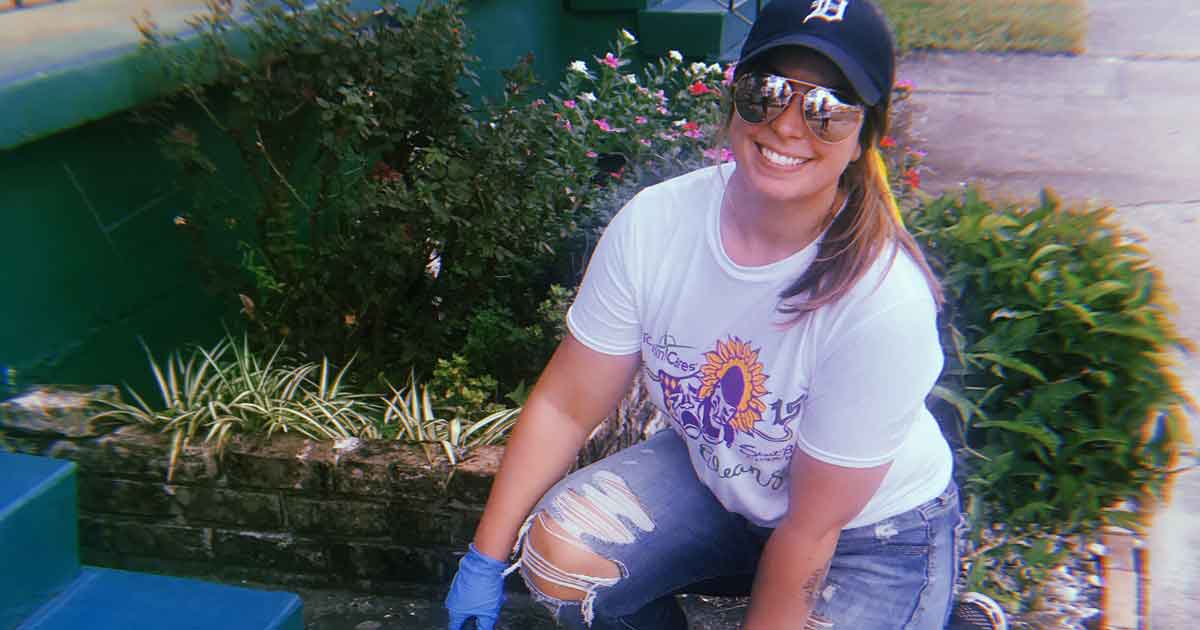
Another home being worked on nearby was that of Skip Alexander, a civil rights activist and living legend who marched alongside Dr. Martin Luther King Jr. Alexander was there when the Montgomery Bus Boycott kicked off in December 1955 and in March 1965 for the Selma to Montgomery March for voting rights. His stories are an example of the resilience present in the city of New Orleans.
Between water breaks, volunteers were conversing with each other, learning where everyone was from and what work they do in their own communities. With it being my first Tourism Cares event, I was pleased to hear so many present that day express how they anticipate this event and the impact it makes every year.
Once our long work shift had ended, we washed our paintbrushes and gathered our tools and took a step back to take in the progress made. Though there was certainly more to do, we were able to make a noticeable difference in just one day—which puts into perspective the amount of good that can be done when people get together with a common goal and a few hours of time.
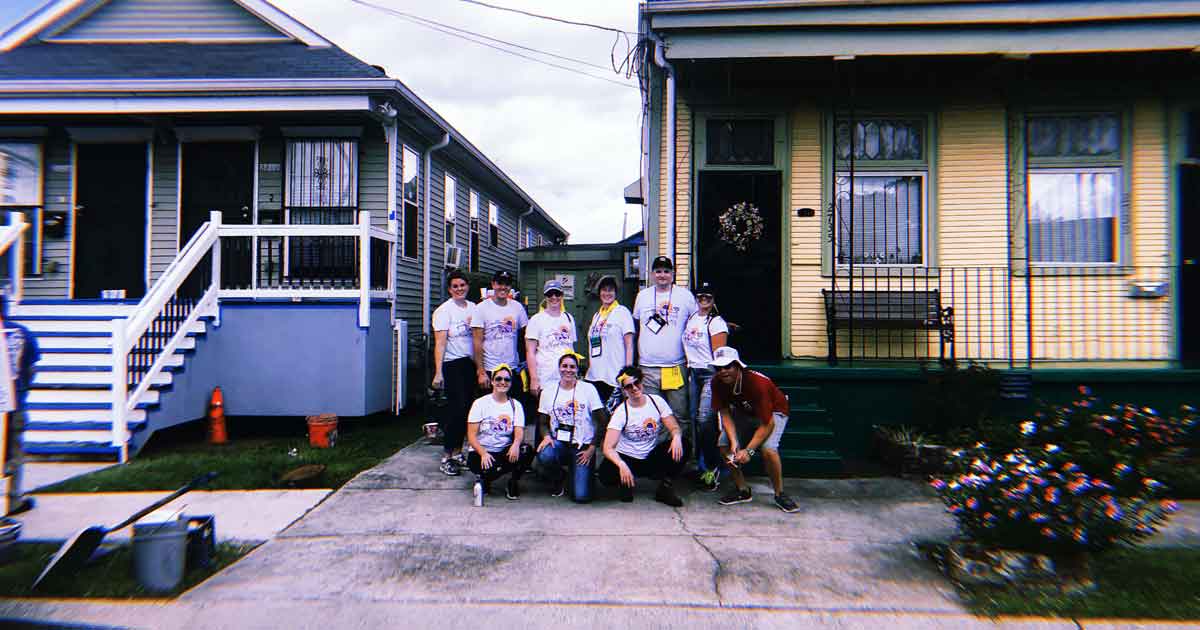
We then made our way to the closing reception at New Orleans Jazz Market—the only stand-alone facility in New Orleans specifically designed for jazz—where we were greeted by the sounds of a roaring band and the savory smells of a true Louisiana feast. Our lunches and dinner were provided by Café Reconcile, a workforce training kitchen committed to addressing the system of generational poverty, violence and neglect in the New Orleans area by providing job training programs to assist young people from severely at-risk communities.
Everyone was swapping stories from the day and carried with them signs of the work they'd done, from dirt and paint to sweat and the occasional blister.

That day, Tourism Cares for New Orleans contributed more than $60,000 through investments in the community and volunteer labor value, planted 900 native seeds for forest restoration, cleared 10 trailer loads of debris, and donated 960 collective hours—saving months of work for nonprofit partners.
The program successfully educated travel industry professionals about opportunities to incorporate social enterprises into their businesses, using the purchasing power of tourism to create positive change.
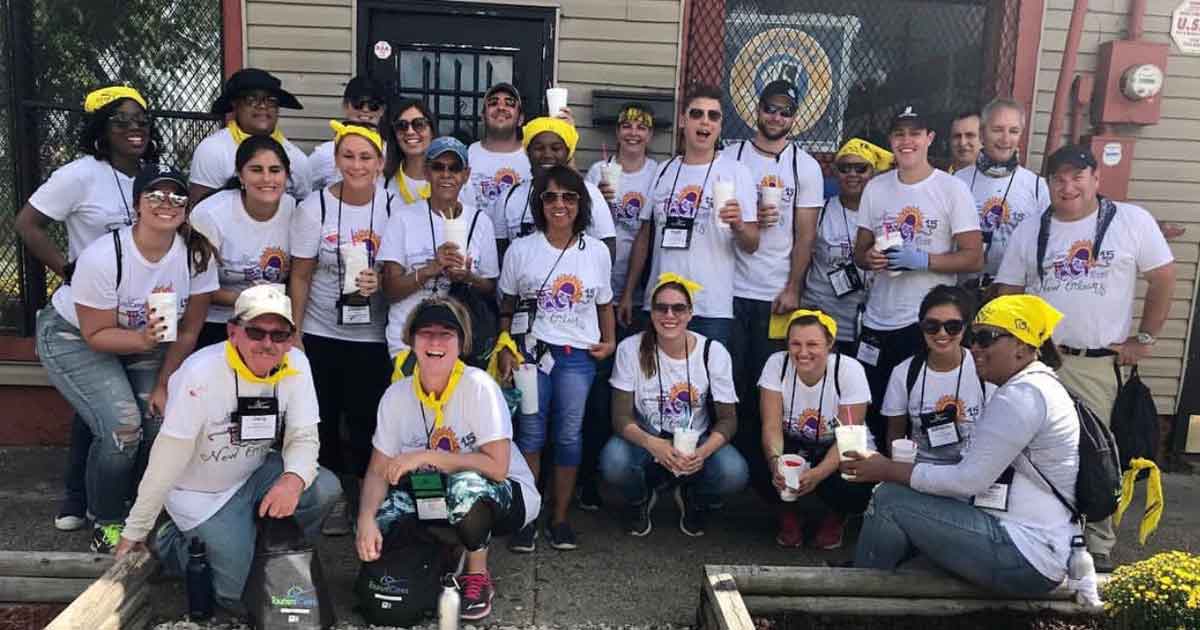
Once back to the hotel and freshly showered, I could have easily sunk into my queen-sized hotel bed and relaxed the rest of the evening. But I felt there was more to do. New Orleans is a city I've always had an affinity for, even without ever having visited up until this point. So I sought out an evening walking tour focused on the local haunts and legends of the city. My tour guide was a local named Valentine, who led me and my group through the dark and uneven streets with her red-feathered fan. Though it was still a smoldering 86 degrees at 10:30 p.m., there was no place I'd rather be.
We were one of many tours wandering the streets that night, walking past the infamous LaLaurie Mansion, the rumored "House of the Rising Sun" and the site of the original home of Marie Laveau—New Orleans' own Voodoo Queen. By the time the tour was complete, my feet were sore and my back ached, but I found myself looking in awe at the lighted arch at the entryway to Louis Armstrong Park and wishing I had more time to absorb all the passion and eccentricity the city had to offer.
New Orleans is full of life and culture; it's home to a diverse range of people who take immense pride in their city. I'm humbled to have been offered the opportunity to experience it through Tourism Cares and help contribute to lasting positive change.
New Orleans is like no other place I've ever been. You can feel the difference when you're there: Taste it. Smell it. Once you've experienced it, you'll know it too.
I'm already planning my next trip back.

Written by Sarah Suydam, Staff Writer for Groups Today.
Photo courtesy of Sarah Suydam.


